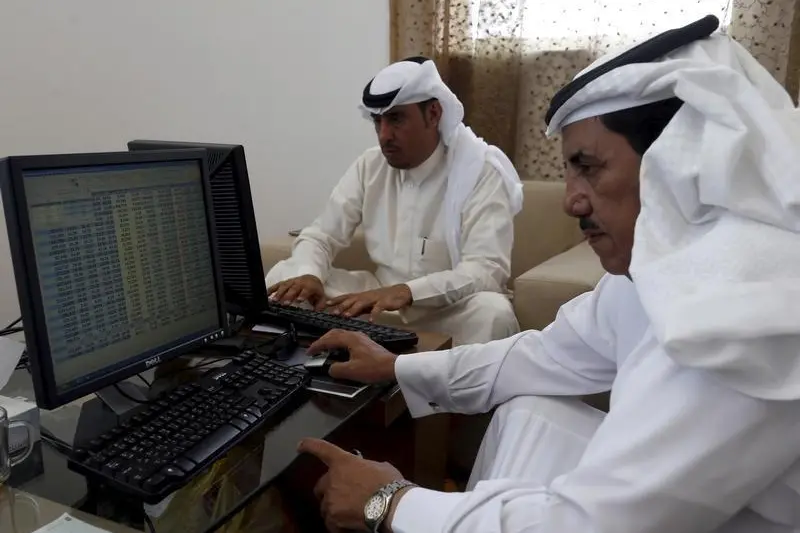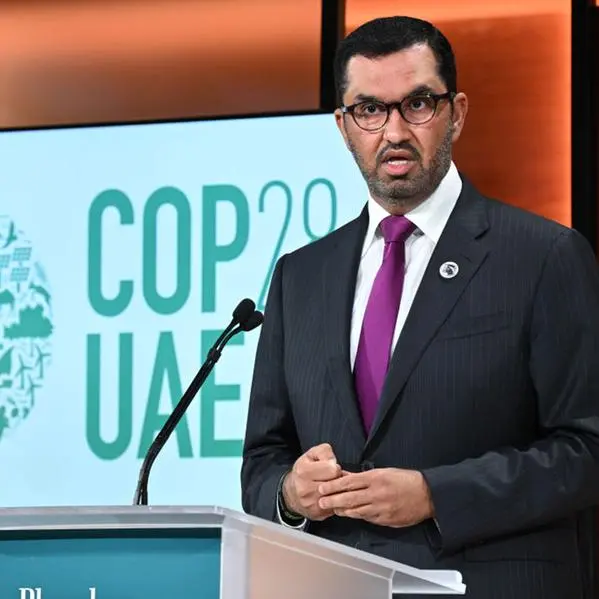PHOTO
Sunday, Jul 02, 2017
Dubai: The GCC’s economic growth which faced strong headwinds following prolonged low oil prices and slump in international trade are seen bottoming out this year for a turnaround is expected from 2018, according to recent economic forecasts.
Although the economic recovery will vary across countries, economists and analysts see a broad trend of recovery starting early next year with budget deficits starting to narrow from this year.
The International Monetary Fund’s (IMF) latest regional economic outlook has indicated broad stabilisation of government finances across the region, primarily attributed to proactive fiscal management, subsidy reforms, introduction of new taxes and fees and tapping of global financial markets to bridge the budget gaps.
“Budget deficits for 2016 are estimated to have come in at $152 billion, mainly due to lower oil revenues, GCC budget deficits are forecast to be lower in 2017 and 2018 at $92 billion and $58 billion, respectively, based on our analysis of IMF data,” said Faisal Hasan, Head of Investment Research at Kuwait based Kamco Research.
Although budget deficits are expected to narrow, these gaps are likely to persist over the medium term with Saudi Arabia accounting for more than 75 per cent of the regional deficits in 2017.
Current account balance for the GCC is expected to improve in 2017 and swing back to a surplus from a deficit in 2016, as the overall current account surplus is expected to reach 1.8 per cent of GDP for the year.
Kamco Research now sees early signs of stabilising economic trends, despite challenges in 2017, analysts estimate nominal GDP for the GCC region to recover and grow by 10.8 per cent year on year to $1.52 trillion, based on data from the IMF, driven by stability in oil prices.
“Though new challenges for the region have emerged, the incremental impact of such challenges seem to be diminishing in our view, as the regions seems focused on fiscal consolidation and bolstering revenue side initiatives, mainly from a taxation standpoint. Also debt issuances and reasonable stability in oil prices and initiatives to minimise oil price variability have aided the region,” said Thomas Mathew Assistant Vice-President at Kamco.
Monetary indicators for the region such as liquidity & inflation remain broadly positive. Inflation trends reported for the first quarter of 2017 suggests that consumer prices were broadly positive across GCC nations, as inflation ranged between 0.5 per cent to one per cent, resisting deflationary pressures.
Growth in money supply (M2) for the first quart 2017 was also broadly positive with 2 per cent to 4 per cent growth registered for the quarter. Data on credit disbursed across the GCC was also positive, as quarterly lending grew by 0.5 per cent to 2 per cent average.
Box
By Babu Das Augustine Banking Editor
Gulf News 2017. All rights reserved.











